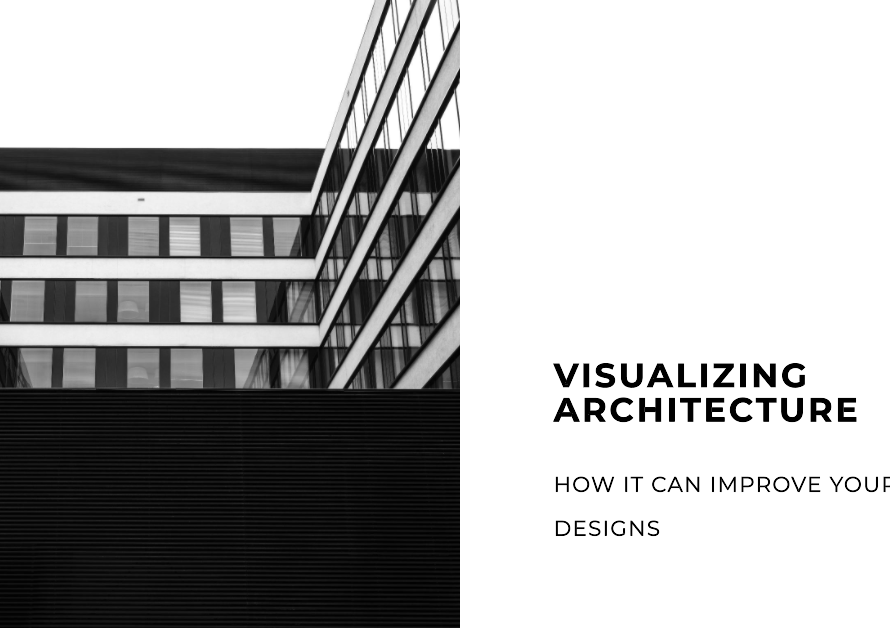
Table of Contents
- Introduction: The Essence of Environmental Design in Animation
- Setting the Stage: The Foundation of Visual Storytelling
- Building Atmosphere: Creating Mood and Tone
- Enhancing Character Development: A World That Reflects Personalities
- Creating Immersive Experiences: Engaging the Audience
- Supporting the Narrative: A Silent Storyteller
- Historical and Cultural Context: Authenticity in Environmental Design
- Symbolism and Metaphor: Adding Layers of Meaning
- Technological Advancements: Pushing the Boundaries of Environmental Design
- Conclusion: The Art and Science of Environmental Design
Introduction: The Essence of Environmental Design in Animation
Environmental design in animation is more than just creating a backdrop. It’s about constructing an immersive world that engages audiences and enriches the narrative. This essential aspect of animation not only serves to frame the story but also helps to build the atmosphere, mood, and tone, making the story more compelling and believable.
In this blog post, we will delve into the multifaceted role of environmental design in animation. From setting the stage to enhancing character development, we’ll explore how animators use environmental design to elevate their storytelling. Join us as we uncover the intricacies of this vital component in the art of animation.
Setting the Stage: The Foundation of Visual Storytelling
Environmental design sets the stage for the narrative, providing a visual foundation that supports the story. It involves creating backgrounds, landscapes, and settings that establish the world in which characters live and interact.
An effective environment immerses the audience in the story from the outset. Consider the iconic settings of animations like “The Lion King” or “Frozen.” The African savannah and the icy kingdom of Arendelle are not just backgrounds; they are integral to the storytelling, influencing the plot and the characters’ journeys. These environments are meticulously crafted to enhance the narrative, making the world believable and engaging.
Building Atmosphere: Creating Mood and Tone
The environment in an animation plays a crucial role in establishing the mood and tone of the story. Through careful use of color, lighting, and design elements, animators can evoke specific emotions and set the scene’s tone.
For example, a dark, gloomy forest with twisted trees and dim lighting can create a sense of fear and foreboding. In contrast, a bright, sunny meadow with vibrant flowers and clear skies can evoke feelings of happiness and tranquility. By manipulating environmental elements, animators guide the audience’s emotional response, deepening their connection to the story and characters.
Enhancing Character Development: A World That Reflects Personalities
Environmental design is also instrumental in character development. The settings and backgrounds reflect the personalities, emotions, and journeys of the characters, adding depth to their stories.
A well-designed environment can act as an extension of a character, mirroring their internal state. For instance, in “Beauty and the Beast,” the Beast’s castle transforms from a dark, forbidding place to a warm, inviting home as the characters’ relationships evolve. This transformation visually represents the Beast’s journey from isolation to acceptance and love. Such thoughtful environmental design enhances the audience’s understanding and empathy for the characters.
Creating Immersive Experiences: Engaging the Audience
An essential goal of environmental design in animation is to create immersive experiences that captivate the audience. Detailed and well-thought-out environments draw viewers into the story, making them feel like they are part of the world on screen.
To achieve this, animators pay close attention to the smallest details, from the texture of the walls to the sound of footsteps on different surfaces. This meticulous attention to detail helps to build a rich, believable world that audiences can lose themselves in. The more immersive the environment, the more invested the audience becomes in the story.
Supporting the Narrative: A Silent Storyteller
Environmental design serves as a silent storyteller, subtly conveying information and supporting the narrative. The environment can provide context, foreshadow events, and reveal details about the plot without the need for dialogue or exposition.
For example, a cluttered, disorganized room can suggest a character’s chaotic mind or troubled life. A serene, orderly garden might indicate peace and harmony. By using environmental cues, animators can communicate important narrative elements efficiently and effectively, enhancing the storytelling experience.


Historical and Cultural Context: Authenticity in Environmental Design
In animations set in specific historical or cultural contexts, environmental design plays a crucial role in ensuring authenticity. Accurate depictions of architecture, landscapes, and cultural elements help to ground the story in a believable reality, adding depth and credibility.
Research is key in this aspect of environmental design. Animators often study historical records, visit real-world locations, and consult with experts to create environments that are true to the time and place depicted in the story. This authenticity enriches the narrative, making it more relatable and engaging for the audience.
Symbolism and Metaphor: Adding Layers of Meaning
Environmental design can also incorporate symbolism and metaphor, adding layers of meaning to the story. By embedding symbolic elements in the environment, animators can convey complex ideas and themes in a subtle yet powerful way.
For instance, in “The Incredibles,” the modernist architecture of the villain’s lair symbolizes his desire for control and order. In contrast, the Parr family’s suburban home represents their struggle to fit into a conventional lifestyle. These symbolic environments enhance the narrative by reinforcing the story’s themes and messages, providing a deeper understanding for the audience.
Technological Advancements: Pushing the Boundaries of Environmental Design
Technological advancements have significantly impacted environmental design in animation, allowing for more complex and realistic worlds. Innovations in CGI, virtual reality, and other technologies have expanded the possibilities for animators, enabling them to create more detailed and dynamic environments.
These advancements have not only improved the visual quality of animations but also opened up new avenues for storytelling. With the ability to create vast, intricate worlds, animators can explore new genres and narratives, pushing the boundaries of what is possible in animation.
Conclusion: The Art and Science of Environmental Design
Environmental design in animation is both an art and a science. It requires a blend of creativity, technical skill, and storytelling prowess to create environments that are not only visually stunning but also integral to the narrative.
From setting the stage and building atmosphere to enhancing character development and supporting the narrative, environmental design plays a vital role in the success of an animated story. As technology continues to evolve, the possibilities for environmental design in animation are limitless, promising even more immersive and captivating worlds for audiences to explore.
In the end, it’s the thoughtful and deliberate design of these animated environments that transforms a simple story into a rich, engaging experience, leaving a lasting impact on audiences worldwide.


